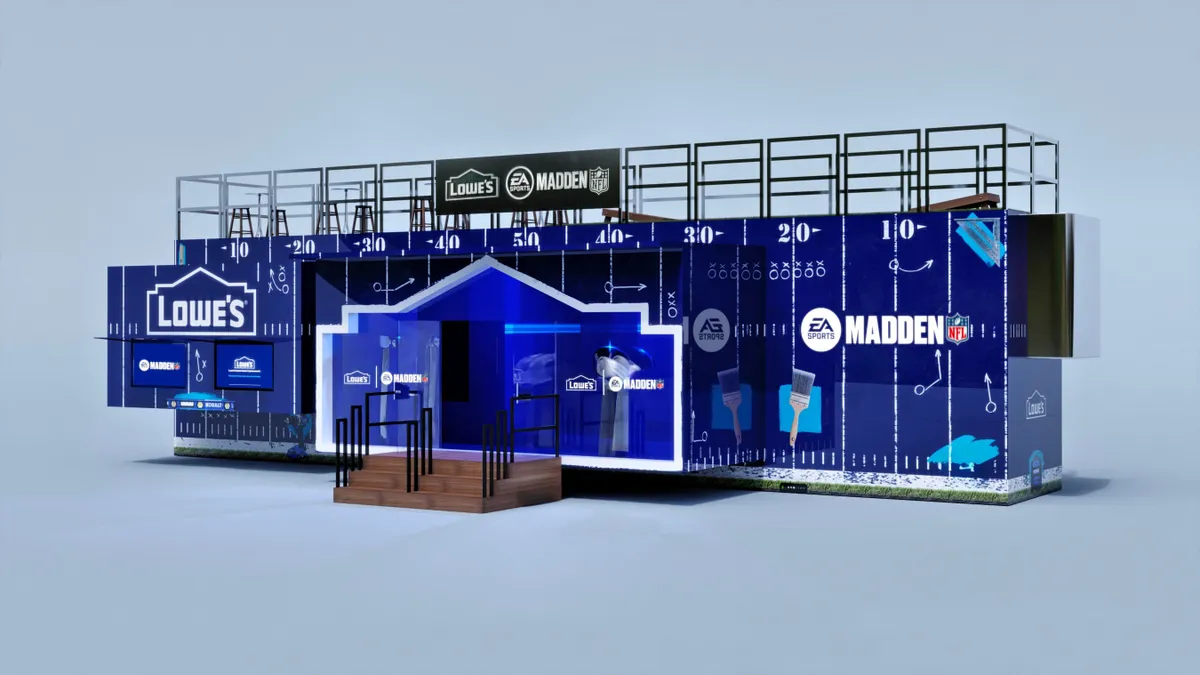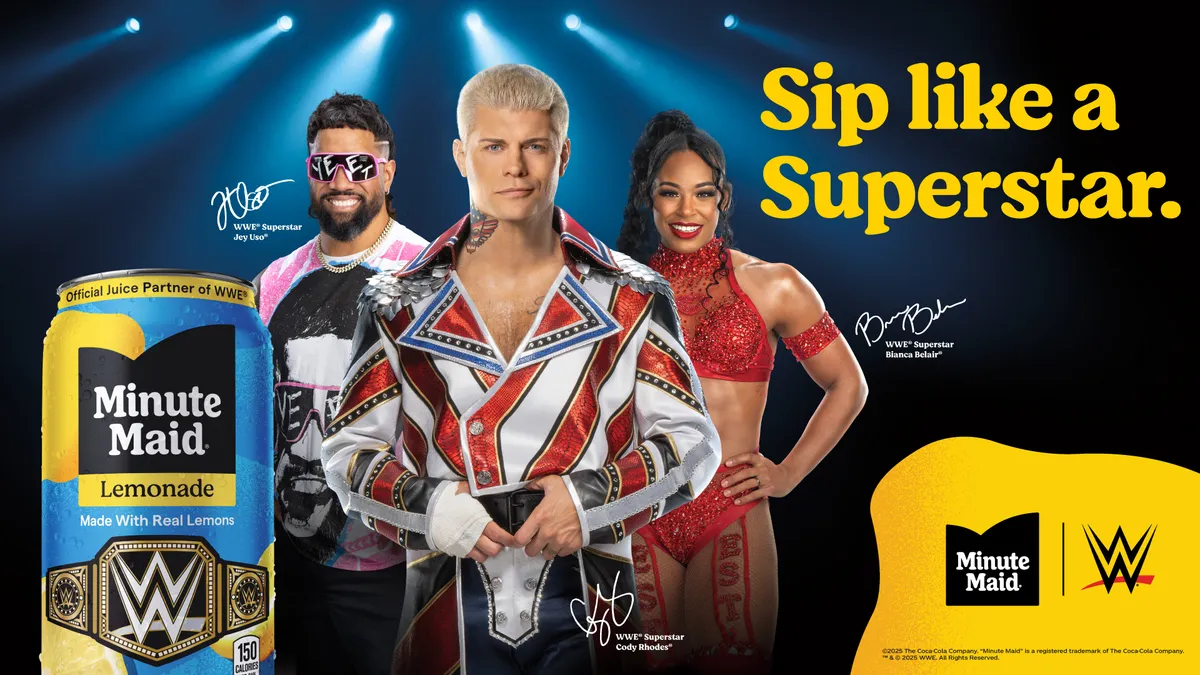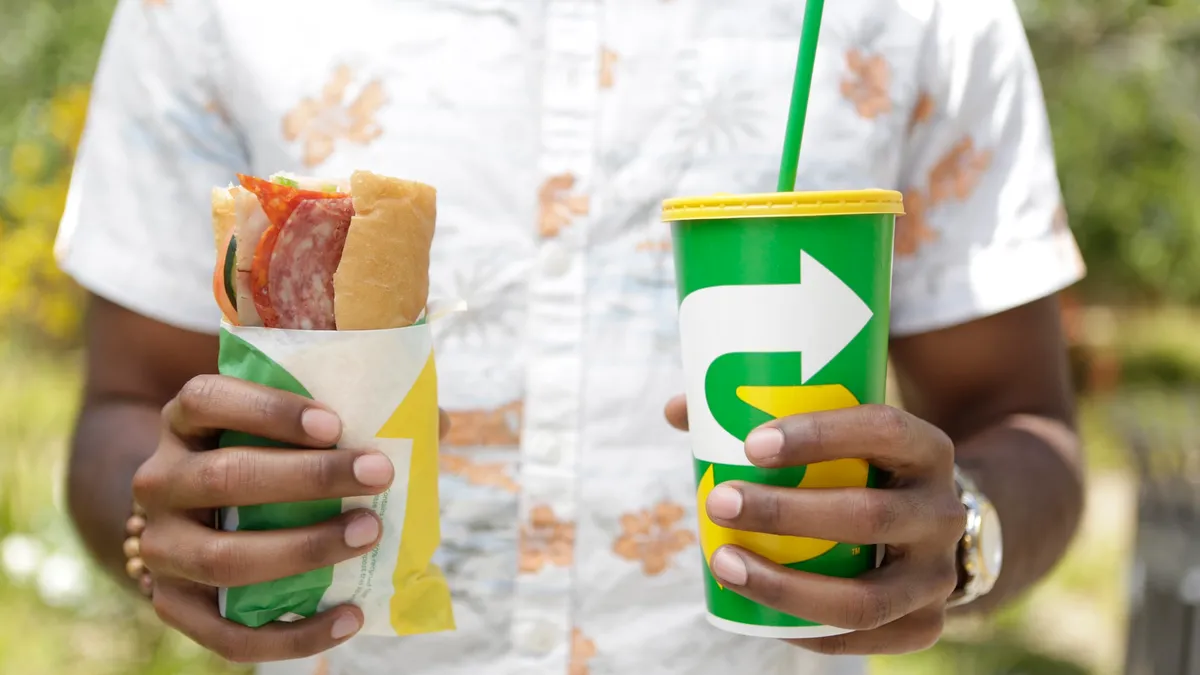One of PepsiCo’s first forays into women’s soccer was a 1996 Gatorade ad featuring Mia Hamm and Michael Jordan competing against each other in soccer, basketball, tennis and judo. Since then, the marketer’s commitment has grown to include regional and global efforts that touch on nearly every aspect of the sport.
At the top level, PepsiCo is an official sponsor of the inaugural Women’s Finalissima, a one-off soccer match organized by the European and South American soccer leagues that will pit the women’s teams of England and Brazil in a face-off on April 6. The sold-out event — the first time women’s teams from those two leagues will face each other — is expected to attract a large international audience.
Beyond that, the company works with women’s clubs tied to European powerhouses like Manchester City and FC Barcelona and with player development camps and teams that are prepping the next generation of the sport.
“If you’re going to get involved in any sport, particularly in the growing space of women’s sport, you need to be committed to doing it for an extended period of time,” said Mark Kirkham, senior vice president and CMO of international beverages at PepsiCo. “If you really believe in investing in the women’s games, don’t just buy signage or sponsorship. Invest in the industry and invest in the game.”
Growing commercial value
PepsiCo’s growing commitment to women’s soccer coincides with the sport becoming increasingly popular throughout the world. FIFA estimated 29 million women and girls participated in organized soccer as of last year and has outlined plans to double that number to 60 million by 2026.
More sports fans are tuning in to watch women’s soccer, too, with more than 1.1 billion people having viewed the 2019 Women’s World Cup final. By comparison, there were only 4.8 million registered female soccer players in 2014 and the Women’s World Cup Final in 2015 attracted only 764 million viewers. Soccer overall is also increasingly popular in the U.S.
The growth in women’s soccer participation and fan support is fueling the commercial value of the sport, which the Union of European Football Associations (UEFA) forecasts will jump 600% in the next decade.
Marketers like PepsiCo sticking with women’s soccer could help encourage more brands to invest in the sport.
“It took brands who believed in the value of the sport and saw there was commercial value in the sponsorship and their commitment to stick with it,” Kirkham said. “What’s great is that we’re now seeing regional brands getting behind the game. It used to be more about the big tournaments. Now, you’re seeing broader interest all the way down.”
Adding value
One key to a successful sponsorship program for women’s soccer is getting involved at a deep level, the executive noted.
For PepsiCo, nurturing talent is a big part of its long-term strategy. The company’s Gatorade brand is the title sponsor of the Gatorade 5V5 tournament featuring young adults — both boys and girls — in Latin America, North America, Asia and Europe. In its five years of existence, the program has provided more than 100,000 youth — many from challenging backgrounds — the opportunity to excel at soccer, as well as grow the sport and brand affinity.
The company’s commitment also includes the non-competitive areas of the sport. The Gatorade Sports Science Institute (GSSI) has been researching how girls develop and what nutritional needs they require at different ages and stages of their lives, Kirkham said. And PepsiCo has also been heavily involved in Women in Football, sponsoring 45 aspiring female coaches on the Football Association’s Introduction to Coaching course, as well as campaigns to support the development of women referees.
“It’s not just about sponsorship,” Kirkham said. “We’re constantly asking how our brands can add value and elevate the game.”
While women’s soccer is growing, it can still feel like an afterthought compared to men’s soccer, with 3.6 billion fans having tuned into the 2018 men’s World Cup. But the game is much bigger than what fans see on TV or in a match, Kirkham insisted.
“You can’t just focus on driving awareness on signage and sidelines,” he said. “When you get behind these programs, it’s not just about advertising and awareness, you’re investing in the game at all levels.”






















